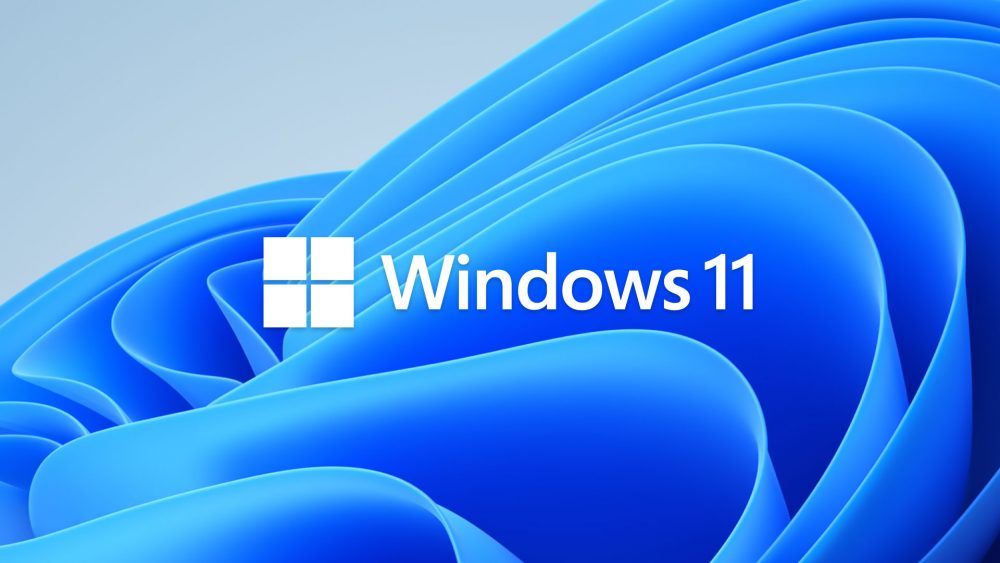Well, actually, they have more than 4.2 million manual hours of updating to get their devices ready for a Windows 11 migration, based on a conservative estimate of 15 minutes per task, according to research from Nexthink. The developer of digital employee experience management software investigated 3.12 million anonymized devices across 457 organizations and eight industries and found that 60% of systems are currently incompatible with Windows 11.
Given that support for Windows 10 will end on Oct. 14, 2025, there appears to be a lot of work ahead. Windows 11, Microsoft’s first major operating system in six years, began its rollout to eligible devices last October and has stricter requirements than its predecessor Windows 10.
In terms of hardware compatibility, 35% of the investigated devices have older CPU models that do not support Windows 11. According to the report, devices must have a 1 GHz (or faster) processor with two or more cores on a 64-bit processor or SoC. They’ll also need 4GB of RAM and at least 64GB of storage. Automatic upgrades to Windows 11 will have additional system requirements, like being secure boot capable and having TPM 2.0 enabled.

Further, the research found that 44.2% of PCs do not have compatible OS versions. These devices need to be upgraded to a minimum of the Win 10 2004 release before they can be migrated to Win 11.
Overall, about 40% of devices are ready for upgrade, meaning they have both a compatible CPU and a supported OS, while about 25% have a supported CPU but will need to upgrade their OS. Meanwhile, about 17% can be retained for longer use with the latest Win 10 OS upgrade, and about 18% will need to be refreshed/replaced because they cannot be upgraded—fuel for continuation of the seemingly endless wave of PC sales since the start of the pandemic.
MSPs have an opportunity to assess their customers’ device compatibility now to help them minimize costs, delays, and disruptions.
Image: Courtesy of Microsoft














